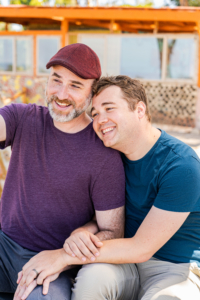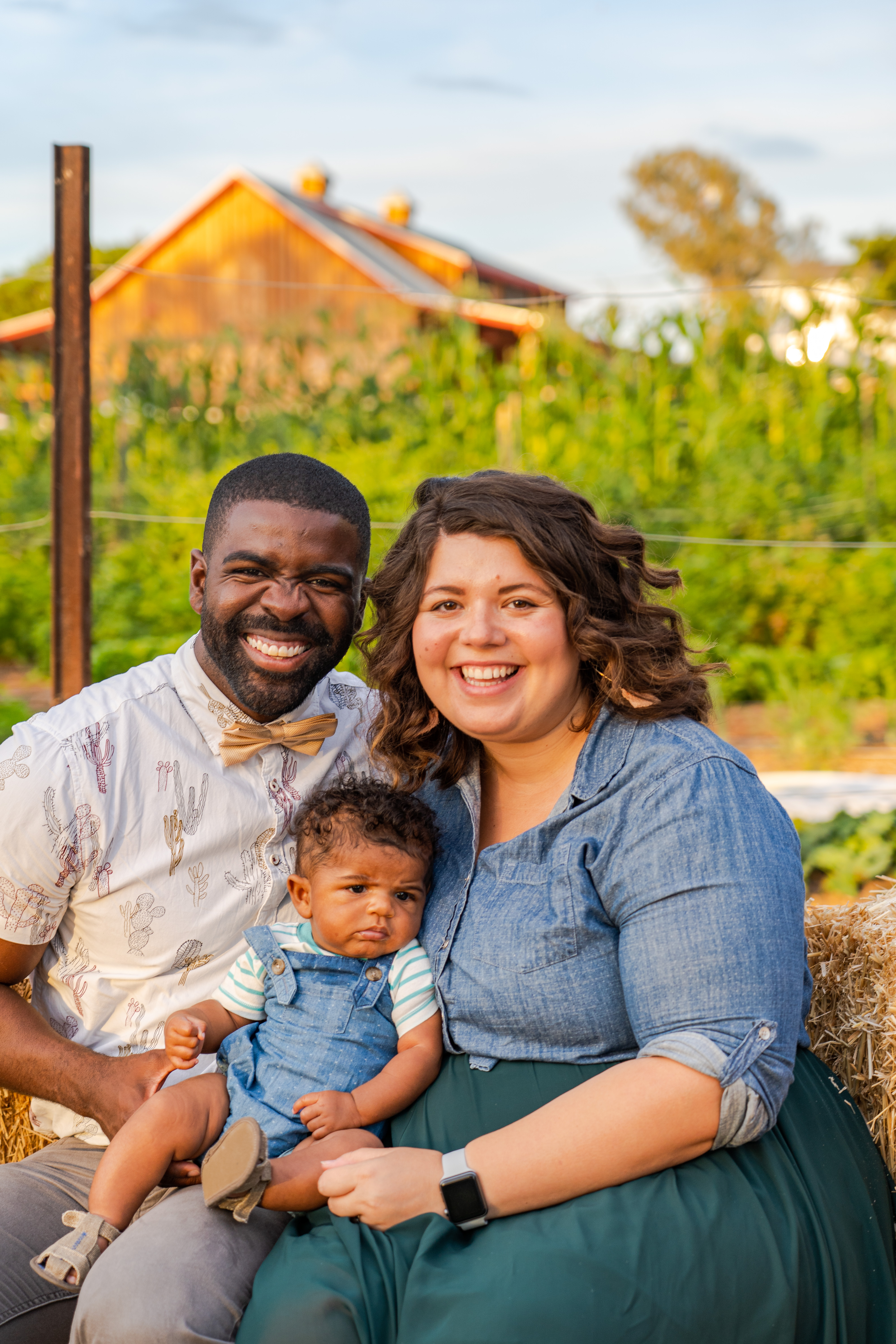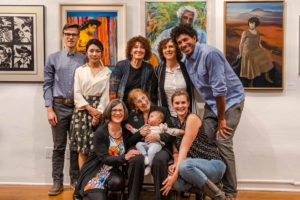
More than 40 years ago, Ruth Platner did something rare for the times. She divorced her husband of almost 30 years, packed her bags, and moved from Wausau, Wisconsin, a small city in the northern part of the state, to San Diego’s North County, where she embarked on an entirely new life.
With her daughters grown and involved in their own families and careers, Ruth, unencumbered, thrived. A painter and sculptor, she devoted her life to her artwork and the enhancement of the local art scene. She taught craft skills to developmentally disabled young adults, helped set up an art school at the Oceanside Museum of Art, and earned a master’s degree in educational technology.
“She was pretty gutsy,” said her eldest daughter, Mimi Miller, an acupuncturist who lives in a San Diego beachfront community about 15 miles south of her mother.
At 92, Ruth still is.
She continues to live in the condominium she has owned for decades and to enjoy a rich life. Though she no longer makes art, she still displays it—most recently, at The Hive’s Farmhouse Gallery, where, this past May, she had a one-woman exhibit of her acrylic paintings. The show coincided with the observance of Yom HaShoah, Holocaust Remembrance Day.
Ruth knows something of the Holocaust, too.
“We are no longer traditional Jews, [but I feel] a deep connection to the Jewish part of myself.”
Born in Hamburg, Germany, Ruth was a young girl when the Nazis rose to power. While family and friends fled the country or were shipped off to concentration and death camps, Ruth, her Jewish mother, and non-Jewish father kept a low profile in an attic apartment that her father had secured for them. They lived there throughout World War II, in constant fear of being discovered and deported. During that time, a number of her immediate family members were killed.
After the war, Ruth resumed her studies at the Hamburg Art Institute. “When life hands you mud (in this case, from the bomb crater), make a sculpture,” she recalled in “War and Pieces: Healing Through Life’s Struggles,” her 2015 memoir. She also met and married a fellow Holocaust survivor, Fred Platner, the man she later divorced but with whom she stayed friendly. A pillar in Wausau’s tiny Jewish community, Fred died in 1988. Ruth cared for him at the end of his life.
As she developed her own style in the United States, Ruth segued from sculpture to painting, often focusing on Jewish subjects, such as the Kabbalah, or Jewish mysticism, and members of her family. While becoming active in San Diego’s Jewish Renewal movement and attending services at the North County Elijah Minyan, she also became affiliated with a local Buddhist group.
“She will say that she’s a JewBu,” Mimi said, explaining that her mother has incorporated the teachings and practices of both faiths into her life and personal philosophy.
The free, open spirit that Ruth has come to embody is reflected in her family members—her three daughters, five grandchildren and one great-grandchild—who include people of color and of various faith traditions.
“We are no longer traditional Jews,” said Mimi, who nonetheless feels “a deep connection to the Jewish part of myself. When I participate in the traditions, I appreciate the richness.”
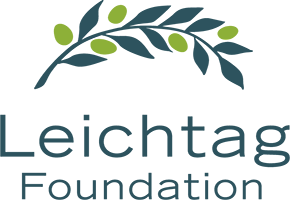
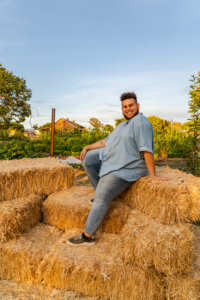 Black, Jewish and Queer. These three identities weave the fabric of who I am, but it took a long time to believe that they could exist together.
Black, Jewish and Queer. These three identities weave the fabric of who I am, but it took a long time to believe that they could exist together. Lee and Toni Leichtag established the Leichtag Foundation in 1991 following the sale of their business. Lee and Toni were lifelong entrepreneurs with a passion for innovation and for supporting talent. They believed that only with big risk comes big reward. Both born to families in poverty, Toni to a single mother, they strongly believed in helping those most in need and most vulnerable in our community. While they supported many causes, their strongest support was for young children and the elderly, two demographics who particularly lack voice in our society.
Lee and Toni Leichtag established the Leichtag Foundation in 1991 following the sale of their business. Lee and Toni were lifelong entrepreneurs with a passion for innovation and for supporting talent. They believed that only with big risk comes big reward. Both born to families in poverty, Toni to a single mother, they strongly believed in helping those most in need and most vulnerable in our community. While they supported many causes, their strongest support was for young children and the elderly, two demographics who particularly lack voice in our society.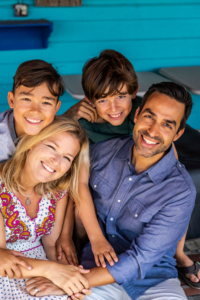 Lifelong Baltimoreans, Rabbi George and Alison Wielechowski and their sons, 11-year-old Lennon and 9-year-old Gideon, are more than pursuing the good life in Southern California. Having moved to San Diego more than three years ago, they are fulfilling a lifelong dream.
Lifelong Baltimoreans, Rabbi George and Alison Wielechowski and their sons, 11-year-old Lennon and 9-year-old Gideon, are more than pursuing the good life in Southern California. Having moved to San Diego more than three years ago, they are fulfilling a lifelong dream.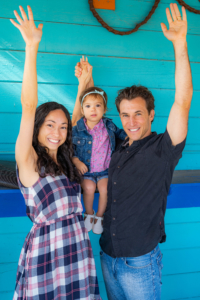


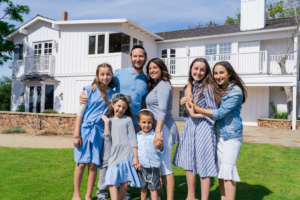

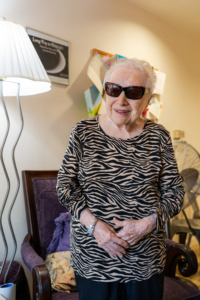
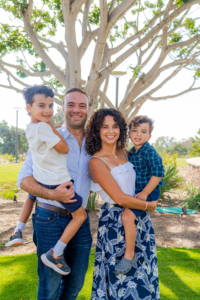
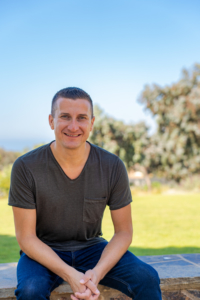 You would think that as the executive director of San Diego LGBT Pride, Fernando Zweifach López Jr., who uses the pronoun they, has done all the coming out they possibly can. A queer, non-binary individual who has worked for many years on civil rights issues, López also speaks openly and often about their father’s family, Mexican-American migrant workers who tilled the fields of rural California.
You would think that as the executive director of San Diego LGBT Pride, Fernando Zweifach López Jr., who uses the pronoun they, has done all the coming out they possibly can. A queer, non-binary individual who has worked for many years on civil rights issues, López also speaks openly and often about their father’s family, Mexican-American migrant workers who tilled the fields of rural California.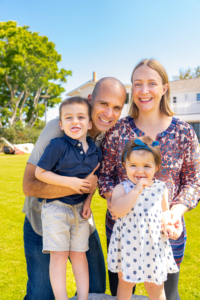 Stacie and Jeff Cook understand commitment. They live it.
Stacie and Jeff Cook understand commitment. They live it.